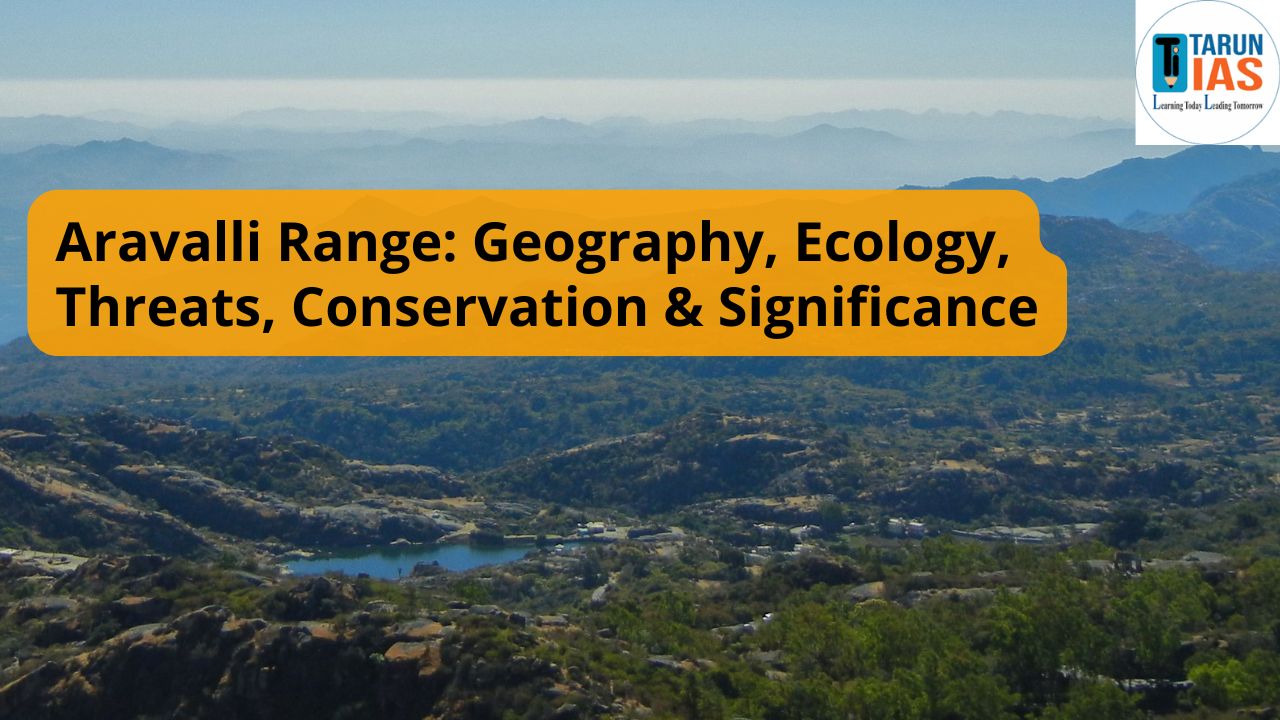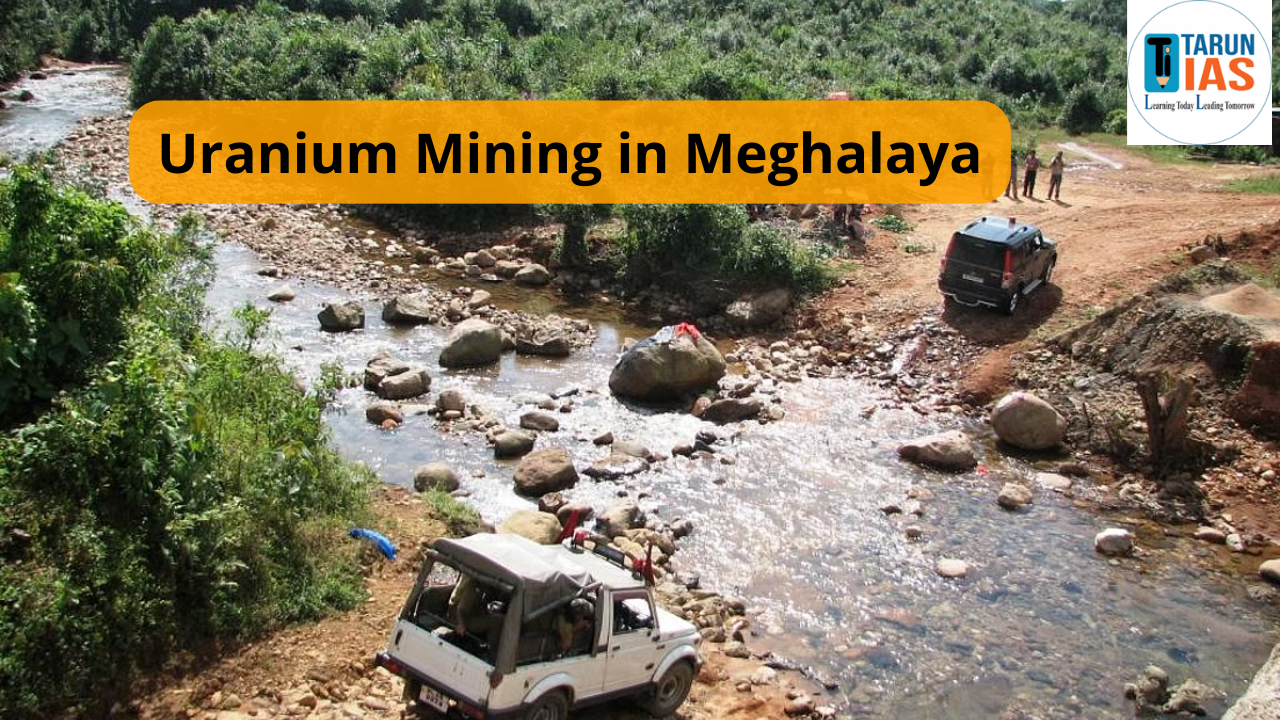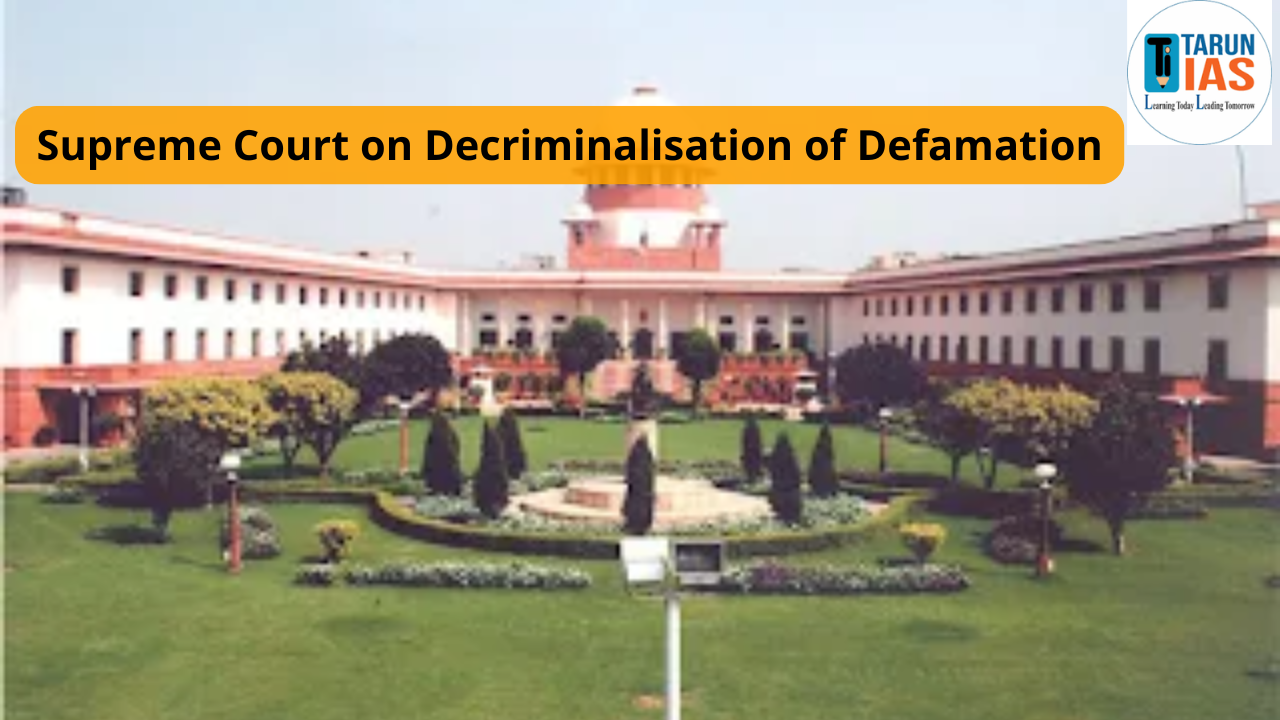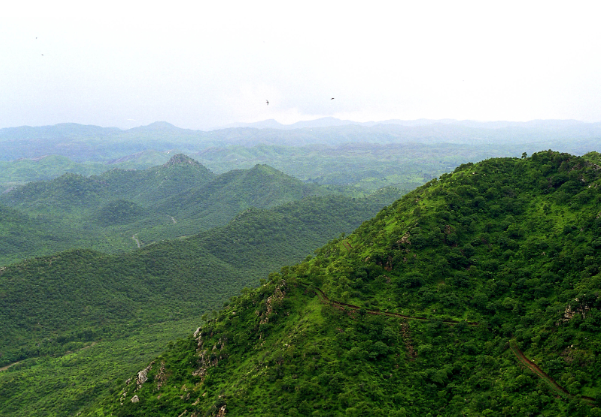
The Aravalli Range, India’s oldest fold mountain system, holds not just geological importance but also ecological, cultural, and economic significance. Despite its ancient origins and critical role in environmental stability, the Aravallis today are under severe threat. Deforestation, illegal mining, unplanned urbanization, and policy lapses are slowly but steadily eroding this vital mountain chain. This article takes a comprehensive look at the Aravalli Range—its geography, historical importance, ecological relevance, threats, and urgent conservation measures needed to secure its future.
Geographical Overview of Aravalli Range
The Aravalli Range is a very old mountain range in northwestern India. It starts near Delhi, passes through parts of Haryana and Rajasthan, and ends in Gujarat. It is around 700 to 800 kilometers long and goes through four states—Delhi, Haryana, Rajasthan, and Gujarat. The highest peak is Guru Shikhar near Mount Abu, which is 1,722 meters tall. The Aravalli mountains were formed more than 2.5 billion years ago, making them older than the Himalayas. These mountains were made when land pieces under the Earth pushed together. Over time, wind and rain made them look low and rocky today.
Physiographic Divisions of Aravalli Range
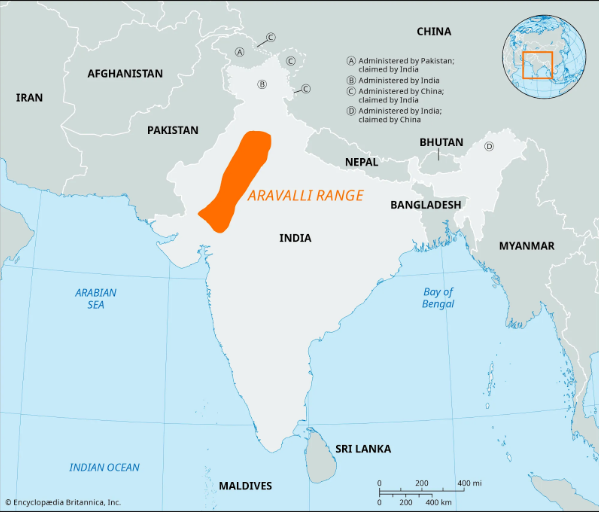
The Aravalli Range is traditionally divided into two major sections:
- Sambhar-Sirohi Range – The taller section that includes peaks like Guru Shikhar.
- Sambhar-Khetri Range – A series of discontinuous ridges, geologically older but eroded further.
In the north, the range breaks into isolated rocky hills across Delhi and southern Haryana. Towards the southwest, it merges into the Kathiawar Peninsula in Gujarat.
Geological and Mineral Wealth of Aravalli Range
The Aravalli Range, among the world’s oldest fold mountains, is geologically rich, hosting valuable minerals like zinc, lead, copper, marble, and granite, crucial for India’s industrial economy.
- The Aravallis have a rich mineral legacy. The region is abundant in copper, zinc, lead, granite, marble, and mica. Mining activity has been recorded in the Khetri belt since at least the 5th century BCE, making it one of the oldest sites of copper smelting in the subcontinent.
- Despite its economic potential, this mineral wealth has also become a curse due to unregulated and illegal mining, causing severe environmental degradation.
Ecological and Environmental Significance of Aravalli Range
Ecological and environmental significance refers to the vital role a region or ecosystem plays in maintaining biodiversity, regulating climate, conserving resources, and supporting sustainable life systems for future generations.
Climatic Influence
- The Aravalli acts as a natural barrier against the encroachment of the Thar Desert into eastern Rajasthan and further towards the fertile Gangetic plains. It also influences the monsoon winds, helping divert rain-bearing clouds eastwards, benefiting large parts of North India.
Biodiversity Hotspot
- This ancient range is home to dry deciduous forests and a surprising array of flora and fauna. Common vegetation includes dhok, acacia, and neem. Flowering plants like bougainvillea, hibiscus, and wild roses add to the richness.
- In terms of fauna, species such as leopards, striped hyenas, golden jackals, nilgai, civets, and peafowls inhabit the range. The Ferozpur Jhirka-Nuh corridor and South Delhi Ridge are important habitats for these animals.
Water Security
- The Aravalli plays a crucial role in groundwater recharge. Seasonal rivers like the Banas, Sahibi, and Luni originate in the Aravalli hills. These rivers and tributaries support agriculture and livelihood in arid and semi-arid regions of Rajasthan and Gujarat.
Current Scenario of Aravalli Range
Despite its importance, the Aravalli Range is undergoing massive ecological degradation. A mix of anthropogenic pressures and policy loopholes has brought the range to the brink of collapse.
Key Challenges:
- Deforestation
-
-
- Rampant tree-felling for timber, agriculture, and infrastructure development has resulted in the loss of vegetation cover. Between 1975 and 2019, studies revealed a 32% drop in forest cover in the central Aravallis alone.
-
- Illegal Mining
-
-
- Unregulated mining continues to be the most damaging activity. Over 25% of the Aravallis and 31 hill ranges in Rajasthan have disappeared, as per government reports. Mining has punctured aquifers, drained lakes, and altered natural drainage patterns.
-
- Urbanization and Encroachments
-
-
- Urban sprawl from cities like Delhi, Gurugram, and Jaipur is eating into forest and wildlife areas. Human settlements in the Aravalli zone increased from 4.5% in 1975 to 13.3% in 2019.
-
- Human-Wildlife Conflict
-
-
- As habitats shrink, animals venture into human settlements, leading to frequent conflicts. Several cases of leopards and hyenas being rescued from urban areas in Gurugram and Faridabad point to this trend.
-
- Desertification
-
- The degradation of the Aravalli barrier is allowing the Thar Desert to expand eastward. Dust storms, loss of soil fertility, and altered microclimates are increasing in frequency.
Scientific Studies of Aravalli Range
Scientific studies of the Aravalli Range highlight its 2.5-billion-year-old origin, unique rock formations, rich minerals, seismic relevance, and vital role in climate balance and groundwater conservation.
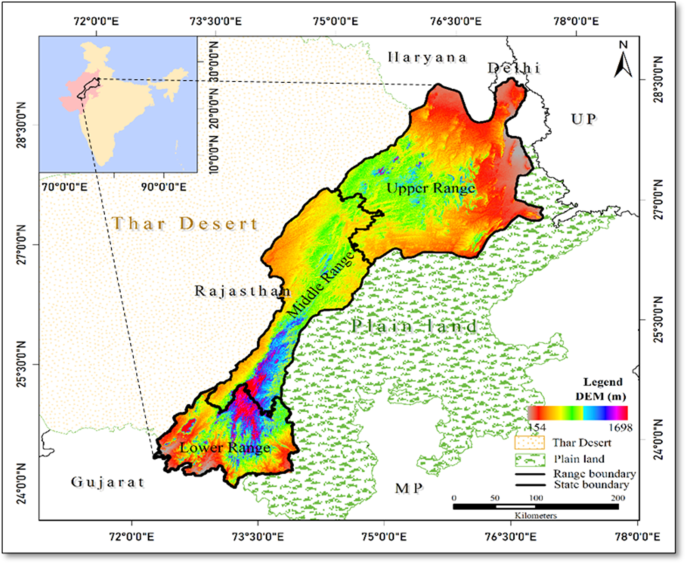
- A recent scientific study on land use dynamics in the Aravalli Range reported that nearly 8% of the hills (around 5,772 sq km) have vanished over the last few decades. Mining areas increased from 1.8% to 2.2%, while natural vegetation was replaced by barren land and settlements.
- The Enhanced Vegetation Index (EVI), an advanced remote-sensing indicator, recorded critically low values in parts of Nagaur district, signaling unhealthy vegetation levels.
Flora and Fauna Under Threat in Aravalli Range
The 2017 Wildlife Institute of India (WII) survey across five Haryana districts recorded 14 mammal species, including leopards and civets. But the continuous shrinkage of forests and the invasion of exotic species like Lantana camara are displacing native species. Rivers like Banas and Sahibi are now largely seasonal or dead, further impacting biodiversity.
Role of Judiciary and Constitutional Bodies for Aravalli Range
The Indian judiciary has played a crucial role in safeguarding the Aravallis:
Key Supreme Court Judgements:
- 1996: Introduced the precautionary principle, stating that environmental damage must be anticipated and prevented.
- 2002 & 2009: Banned mining in the Aravalli region in Haryana.
- 2018: Ordered demolition of illegal constructions in Kant Enclave.
- 2021: Reiterated the ban on encroachments into Aravalli forests.
Government Bodies and Initiatives:
- MoEF&CC: Issued a 1992 notification restricting industries, mining, and construction in Aravalli regions.
- National Green Tribunal (NGT): Actively monitors illegal encroachments and mining.
- National Biodiversity Authority (NBA): Monitors conservation of native species.
- Commission for Air Quality Management (CAQM): Works to reduce dust and air pollution in NCR.
- Aravalli Rejuvenation Board: A recent initiative to tackle mining and promote afforestation.
Flagship Project for Aravalli Range
Inspired by Africa’s ‘Great Green Wall’, India has proposed the Aravalli Green Wall Project—a 1,400 km long and 5 km wide green belt spanning Gujarat, Rajasthan, Haryana, and Delhi. The project aims to:
- Restore degraded forest land
- Rejuvenate 75 water bodies
- Establish wildlife corridors
- Create sustainable livelihoods
If implemented successfully, it could reverse desertification and restore ecological balance.
Proposed Way Forward for Aravalli Range
The proposed way forward for the Aravalli Range includes strict anti-mining laws, large-scale afforestation, wildlife corridor restoration, and community-driven conservation to revive its ecological balance and groundwater recharge.
Strengthen Legal Framework
- Strict enforcement of existing court orders is critical. States must not bypass central guidelines on mining, land use, and conservation.
Unified Conservation Strategy
- A central coordinating mechanism involving all four Aravalli states is essential to remove policy inconsistencies.
Promote Sustainable Mining
- Only scientific and monitored mining practices should be allowed, with mandatory reclamation and afforestation obligations.
Eco-sensitive Zoning
- Declare vulnerable areas as eco-sensitive zones (ESZs) and restrict developmental activities.
Community Participation
- Engage local communities through eco-tourism, afforestation, and conservation-linked employment. For example, using models like the Gurgaon Biodiversity Park, which involved local residents in restoration.
Water and Soil Management
- Promote traditional water harvesting systems, such as johads and step wells, alongside modern recharge structures.
Revise Agricultural Practices
- Encourage cropping patterns suited for arid regions, avoiding water-intensive crops.
Urban Planning Reforms
- Implement strict zoning laws to stop illegal construction and forest land encroachments.
Conclusion
The Aravalli Range is not just a geographical feature—it is an ecological lifeline, a cultural symbol, and a natural fortress protecting millions from the advancing desert and deteriorating climate. The future of this ancient mountain system depends on swift, coordinated action by all stakeholders: the judiciary, central and state governments, civil society, and the common citizen.
If ignored, we risk not only the loss of India’s oldest mountains but also the collapse of ecosystems and water systems that sustain millions. The time for passive concern is over. The Aravalli needs restoration—not tomorrow, but now.



